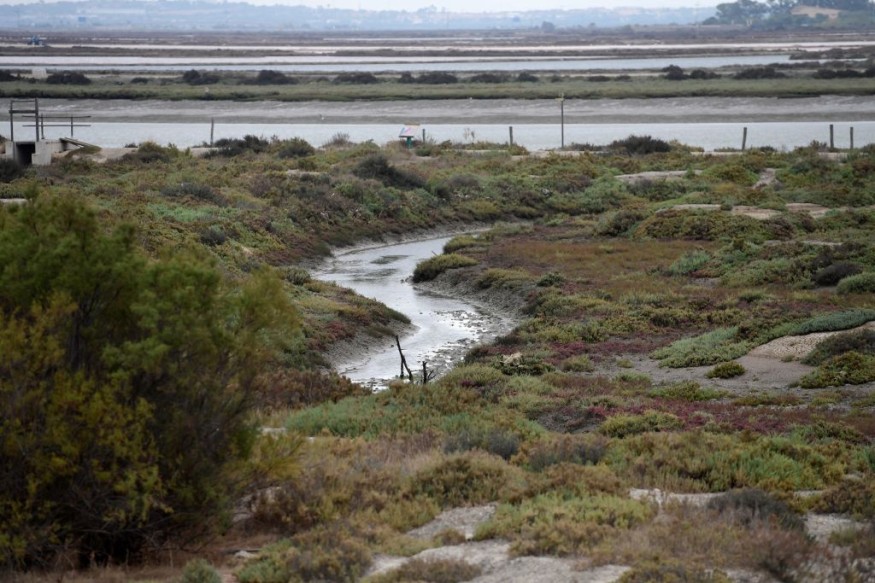The latest report warned that coastal erosion and sea level rise could threaten the saltmarshes in the United Kingdom, warning of impacts on ecosystems and climate regulation.
Saltmarshes play a vital role in the environment and ecosystems. Additionally, salt marshes mitigate the effects of climate change, acting as an efficient carbon sink. For shorelines, it protects communities from deadly flooding. Despite its ecological and environmental importance, salt marshes are significantly threatened by the following:
- climate change
- rising sea level
- extreme weather events
- Erosion
Consequently, researchers, from the University of St Andrews and the University of York, studied the potential impacts of these threats on saltmarshes. The research report was published in Science of the Total Environment.
U.K.'s Saltmarshes threats and potential decline

The report underscores the importance of saltmarshes in carbon capture and storage. The habitat covers over 450 km² of the U.K. coastline and is crucial for ecosystems and climate regulation. In the European saltmarshes, the researchers highlight
The report explains that the U.K. salt marshes can store up to 5.2 million tonnes of carbon, which is essential given their role in fighting climate change. However, the report highlights that the accumulation of new carbon is slower.
Additionally, saltmarshes are threatened by human disturbance. Human-driven greenhouse gases can unleash alarming impacts on carbon reserves, and studies of saltmarshes' carbon sequestration are also needed.
With salt marshes' ecological importance, climate regulation, and carbon storage, it is essential to protect the existing salt marshes from decline. Continued monitoring and climate mitigation plans can significantly prevent the potential loss of said habitats.
Wetland habitat decline due to climate change
In a recent Nature World News (NWN) report, the decline of wetland habitats is blamed for sea level rise and climate change. This habitat is crucial for the following:
- flood protection
- wildlife
- water quality
- carbon sequestration
The report warned that wetland habitats are at risk of decline due to the following:
- saltwater intrusion
- storms
- erosion
- climate change
Human disturbance has impacted wetland areas.
Also Read : Rapid Sea Level Rise Threatens Mangroves, Tidal Marshes Due to Increasing Global Temperatures
Rapid sea level rise impacts on mangroves
The surge in greenhouse gas emissions can cause a devastating impact on coastal habitats, including tidal marshes and mangroves. The report was published in Nature, studying the consequences of rising sea levels.
The report highlights that a rapid increase in sea levels can make it challenging for these coastal areas to thrive. Understanding the possible loss is essential for the conservation and protection of biodiversity and many species.
Related Article : Mussels Play Crucial Role in Protecting US Coastal Areas, Ecosystem
For more similar stories, don't forget to follow Nature World News.
© 2025 NatureWorldNews.com All rights reserved. Do not reproduce without permission.





